Just Above Midtown with Jorge Luis Rodriguez
“I found the art of collaboration at JAM,” says Jorge Luis Rodríguez. The Brooklyn-based artist recalls meeting and working with others like David Hammons, Charles Abramson, and Randy Williams to create installations at the original gallery, a small space located on 57th Street and 5th Avenue. “We would use found materials, like wood, pieces of furniture, feathers, glass—anything went.” These were mostly ephemeral works, Rodriguez explains, and coincided with the burgeoning movement of installation art in New York City in the 1970s. “It was something that happened in the moment because once you took [the installation] apart, it disintegrated.”
Consequently, you won’t find many of these works in Just Above Midtown: Changing Spaces, according to Rodriguez. But the new exhibition at the Museum of Modern Art (MoMA) does faithfully render the influential legacy and defining ethos of Just Above Midtown, or JAM, the groundbreaking interdisciplinary Black-led gallery space founded by Linda Goode Bryant in 1974.
“She inspired a spirit of curiosity and experimentation and provided infinite opportunities for many young artists to develop their artistic careers,” says Rodriguez. Accordingly, the exhibition tracks this history, from JAM’s original location to its second home in Tribeca, then to its final location in SoHo, before closing in 1986. In that time, JAM fostered the early careers of countless Black artists and artists of color, Rodriguez included.¹ In his own words:
“The opportunity of showing my artwork alongside artists of different backgrounds taught me a very important lesson—not to have a frontier, a demarcation line, a perimeter. And when you intermingle and create installations with other artists, you learn different techniques and ways of expressing yourself alongside artists of different backgrounds. You grow as an artist when you join and participate and share possession of the final art installation.”
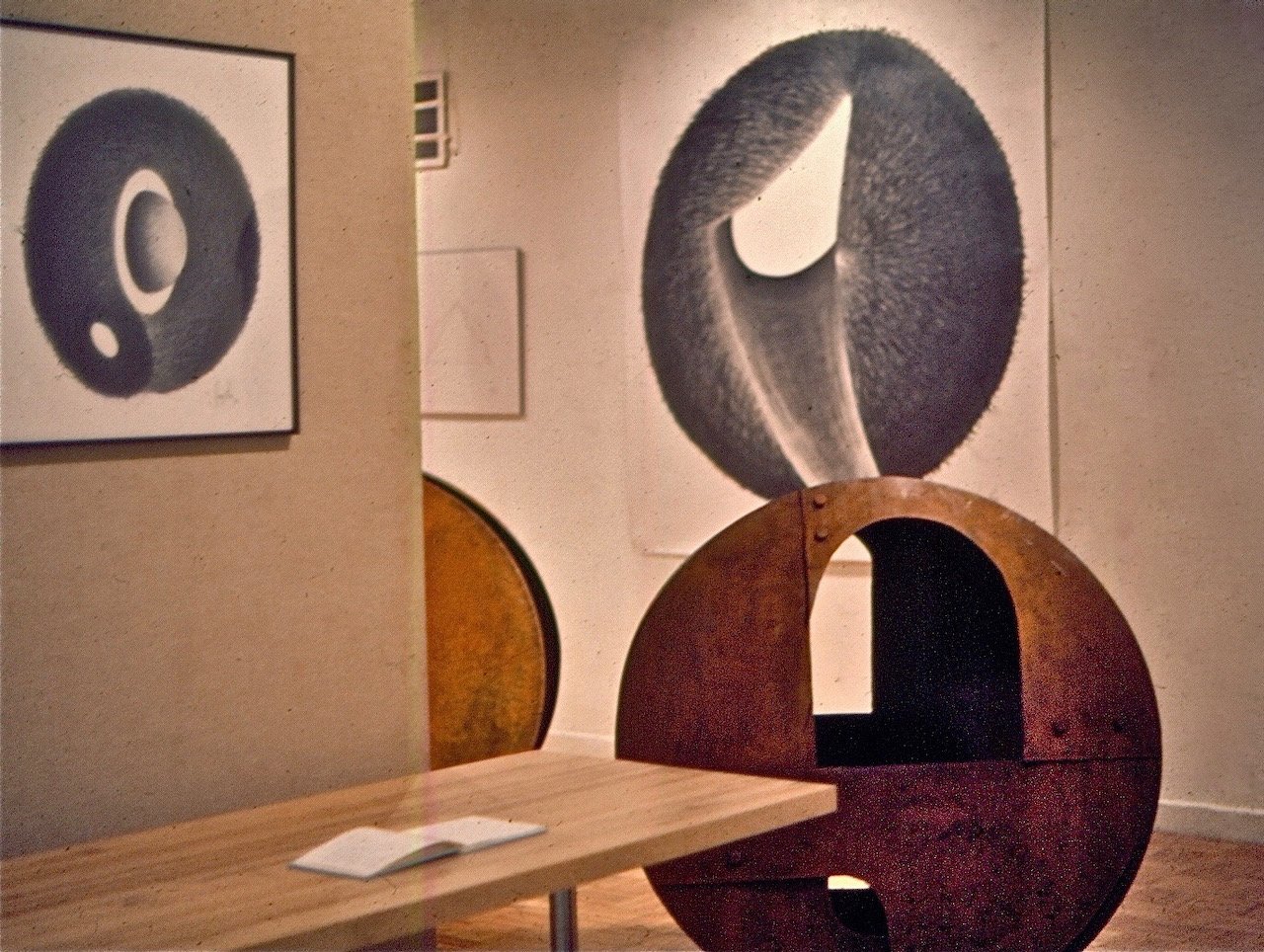
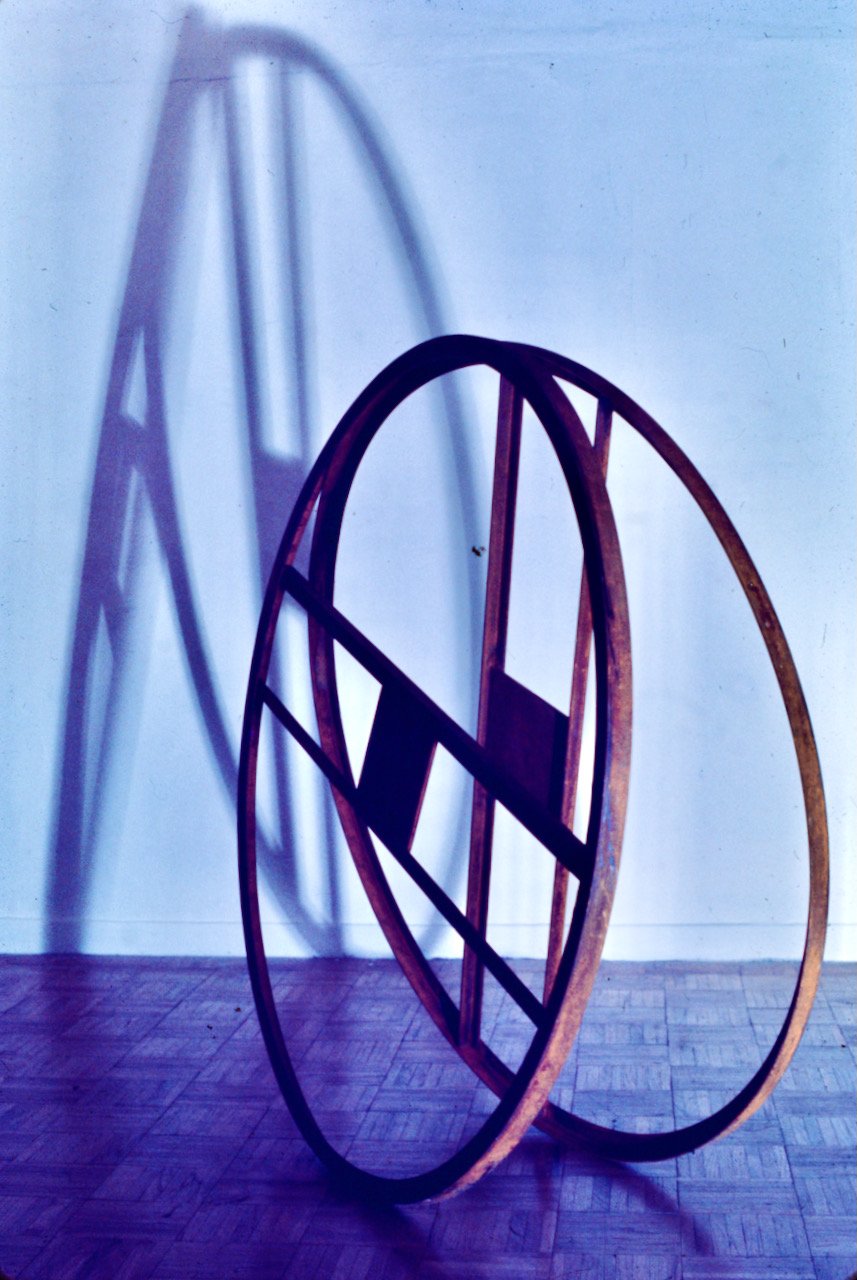
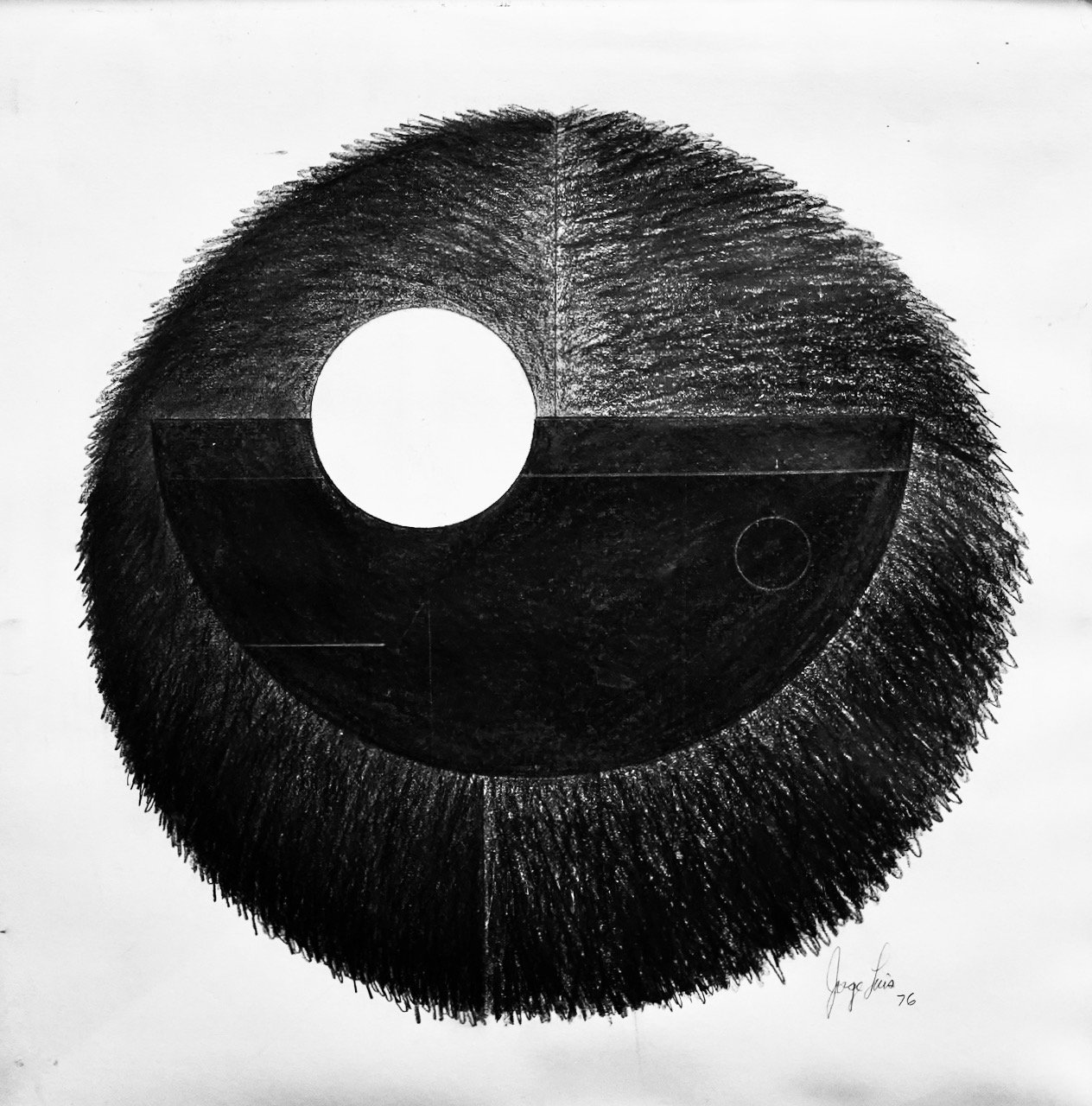
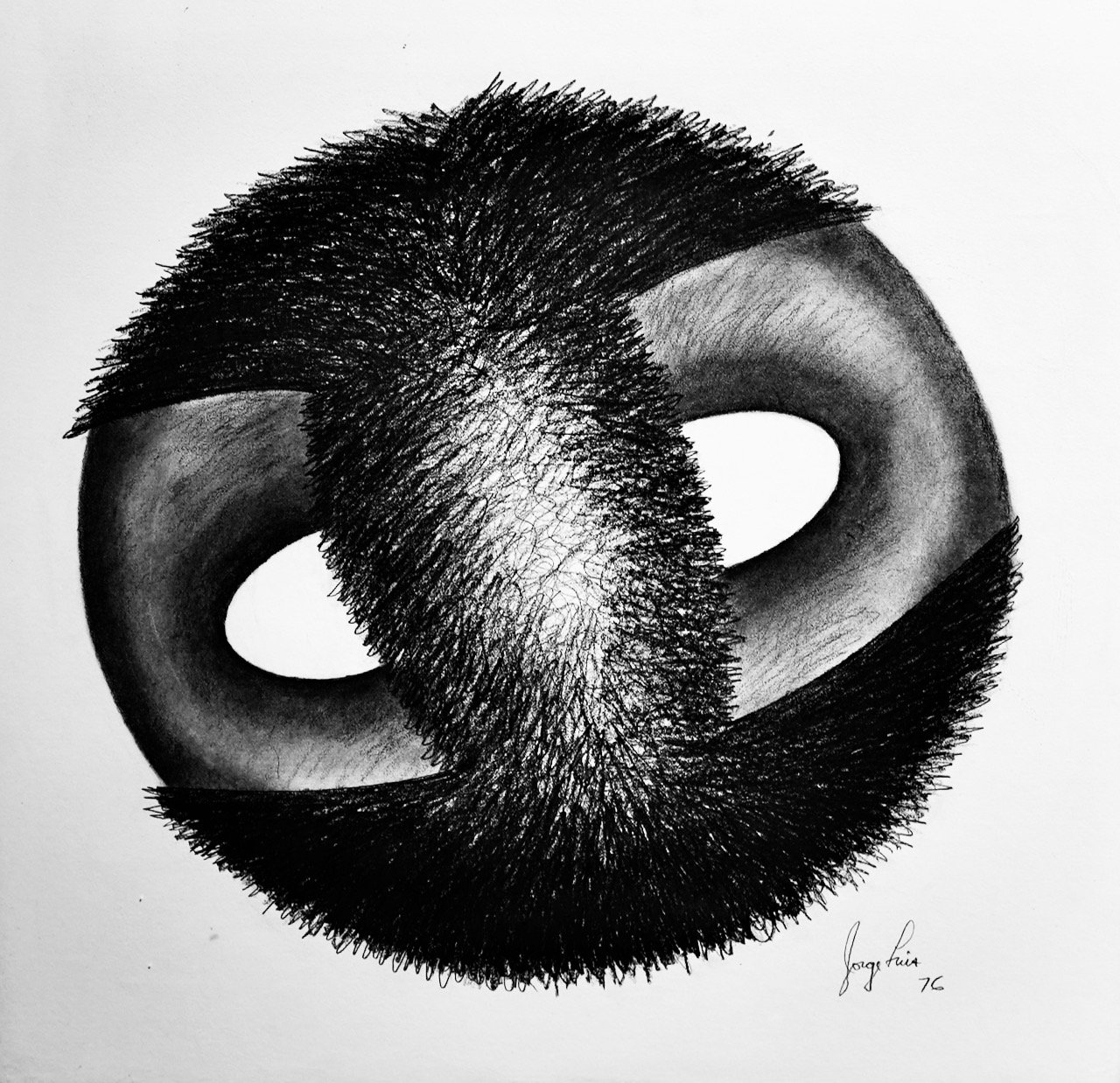
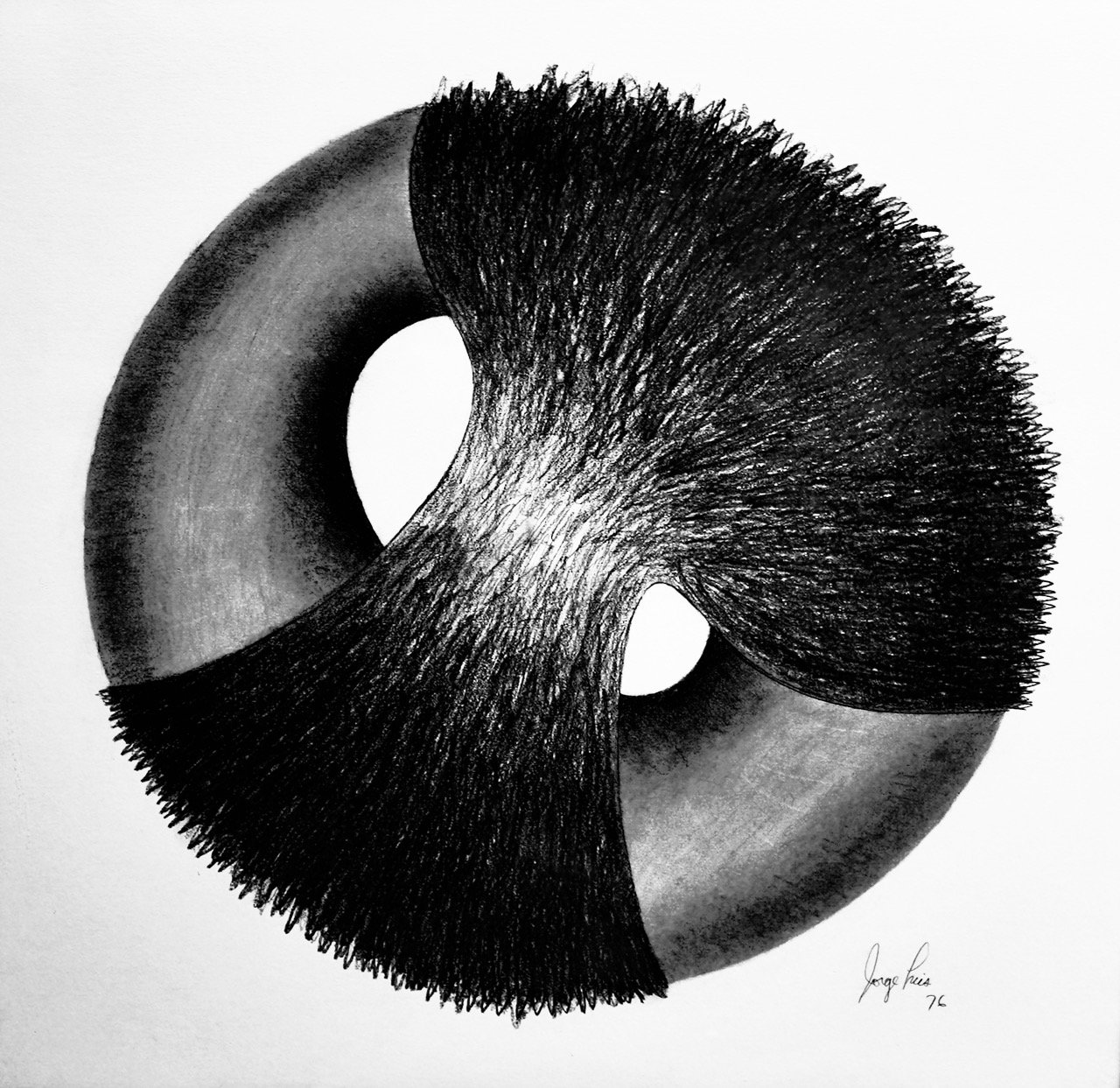
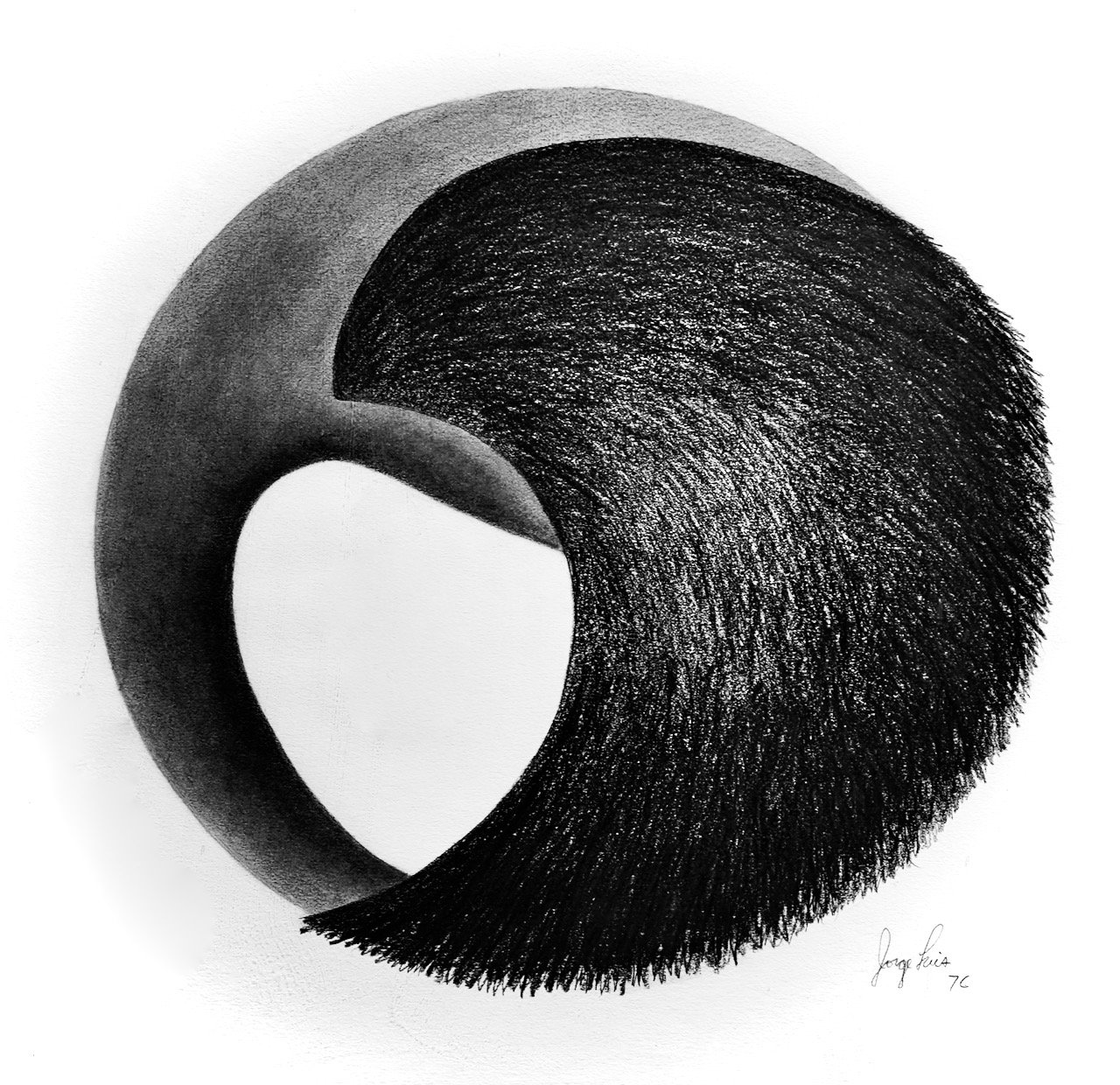
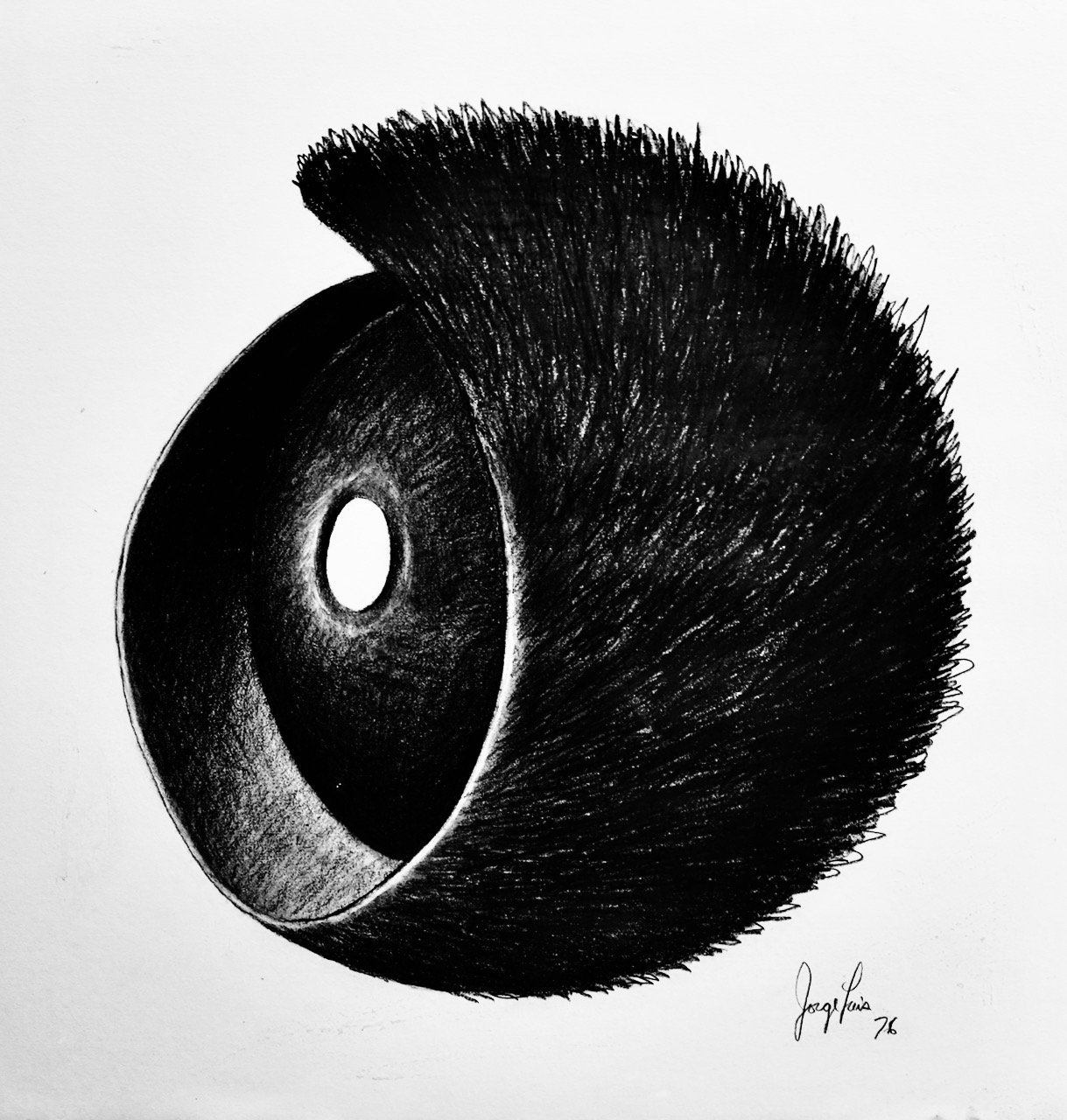
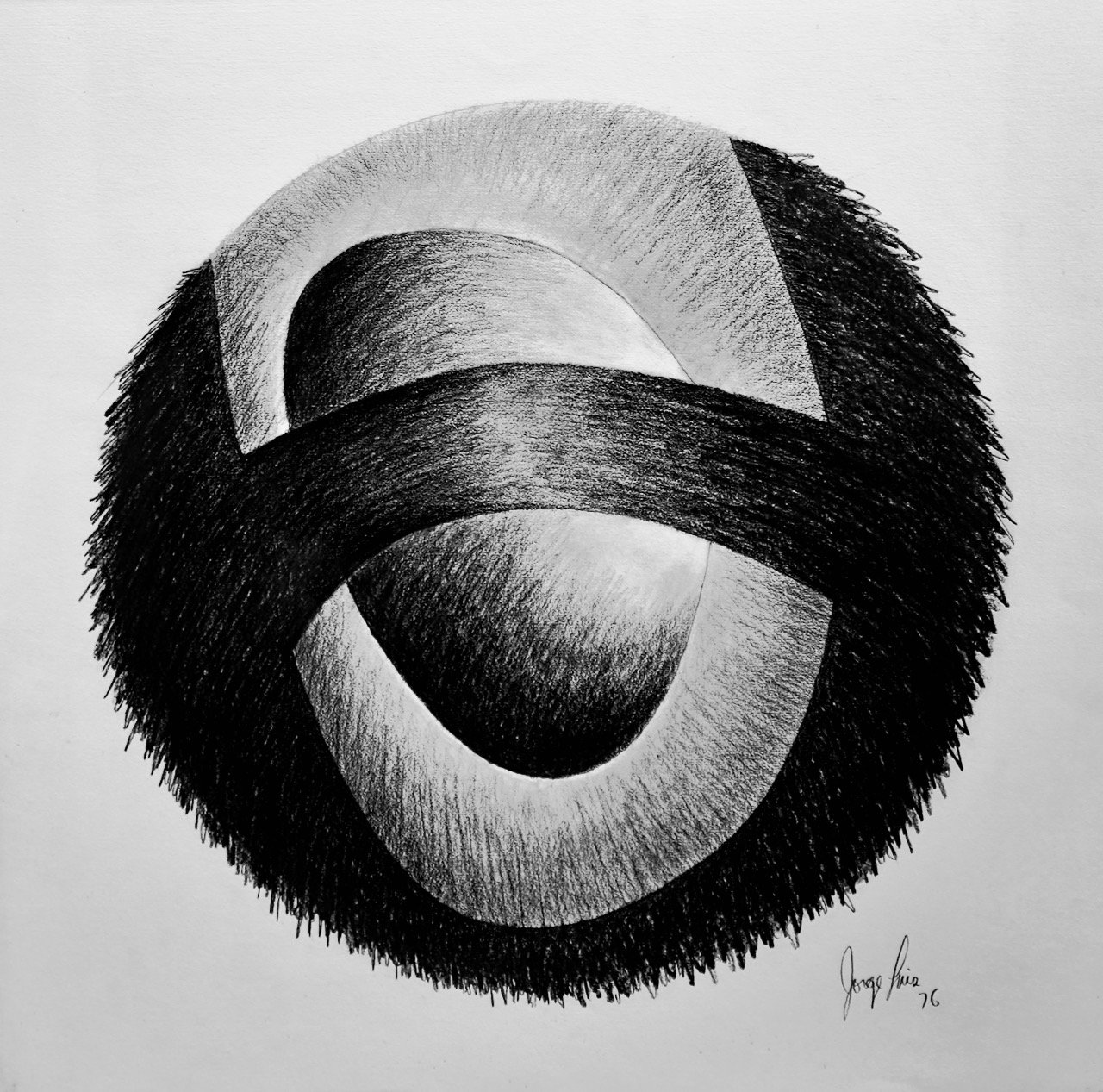
Changing Spaces features two works by the Puerto Rican-born artist, as well as some archival materials provided by Rodriguez to exhibition curators. Círculos opened in March 1976 while Rodriguez was completing his BFA degree at the School of Visual Arts and featured work from a series that he had developed as an undergrad that included medium and large scale graphite drawings which, in turn, formed the basis for several rusted steel sculptures. Círculos was a study on the circular form “through a focus on positive and negative interactions created from a movement contained within each circles’ radius.”² It was also his first solo exhibition.
Later that year, Rodriguez would again be featured at JAM in a group exhibition entitled Statements Known and Statements New. The show “juxtaposed works on paper by five widely recognized white artists over forty with those by four less established artists of color in their early to mid-thirties.”³ In addition to the highlighting the art market disparity between white artists and their lesser known counterparts, Changing Spaces curator Thomas (T.) Jean Lax notes in the exhibition catalog that Statements… was important because it anticipated the growing inclusion of non-Black artists in a gallery for Black art, particularly as a response to dueling perspectives within the Black Arts Movement with regard to the responsibility of Black artists being either a limiting or essential element of Black art.⁴
“Vespers” (1975), now on view at the MoMA, is a watercolor painting on Japanese rice paper shown in Statements… On loan from the Governor Nelson A. Rockefeller Empire State Plaza Art Collection, “Vespers” was inspired by the range of hues created from welding steel. It is one of several early watercolor paintings Rodriguez exhibited before transitioning almost exclusively to sculpture and installation art. Metalwork, moreover, would become a signature element of Rodriguez’s sculptures in subsequent years, with “Growth” (1985),⁵ a public installation at East Harlem Art Park, and “The Tree of Knowledge” (1995) in the entrance lobby of P.S. 128 in Washington Heights, being two emblematic examples.
Rodriguez’s second solo show at JAM, Recent Sculpture, would open two years later. “Círculo con cuatro esquinas” (Circle with Four Corners, 1978), also included in Changing Spaces, is a readymade sculpture inspired by the ideas of Marcel Duchamp. The metal hoop, originally measuring seventy-nine inches in diameter, was a found object that Rodriguez came across in the trash of the building where JAM was first located while preparing for the installation of Recent Sculpture. Rodriguez introduced the hoop to the gallery space as a conceptual work, playing with light and shadow to create the optical effect referenced by the title. David Hammons, Randy Williams, and Marquita Pool-Eckert would later incorporate “Circle with Four Corners” into a collaborative performance captured on video.⁶
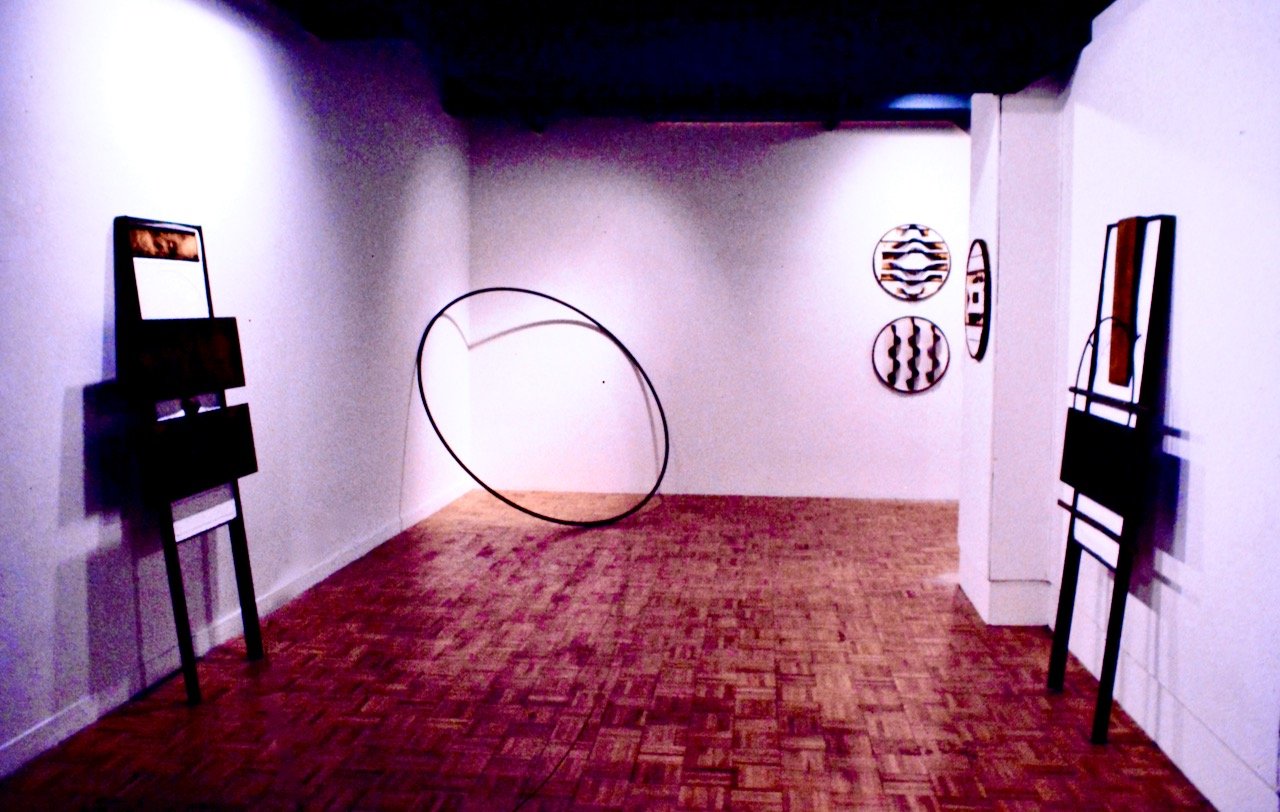
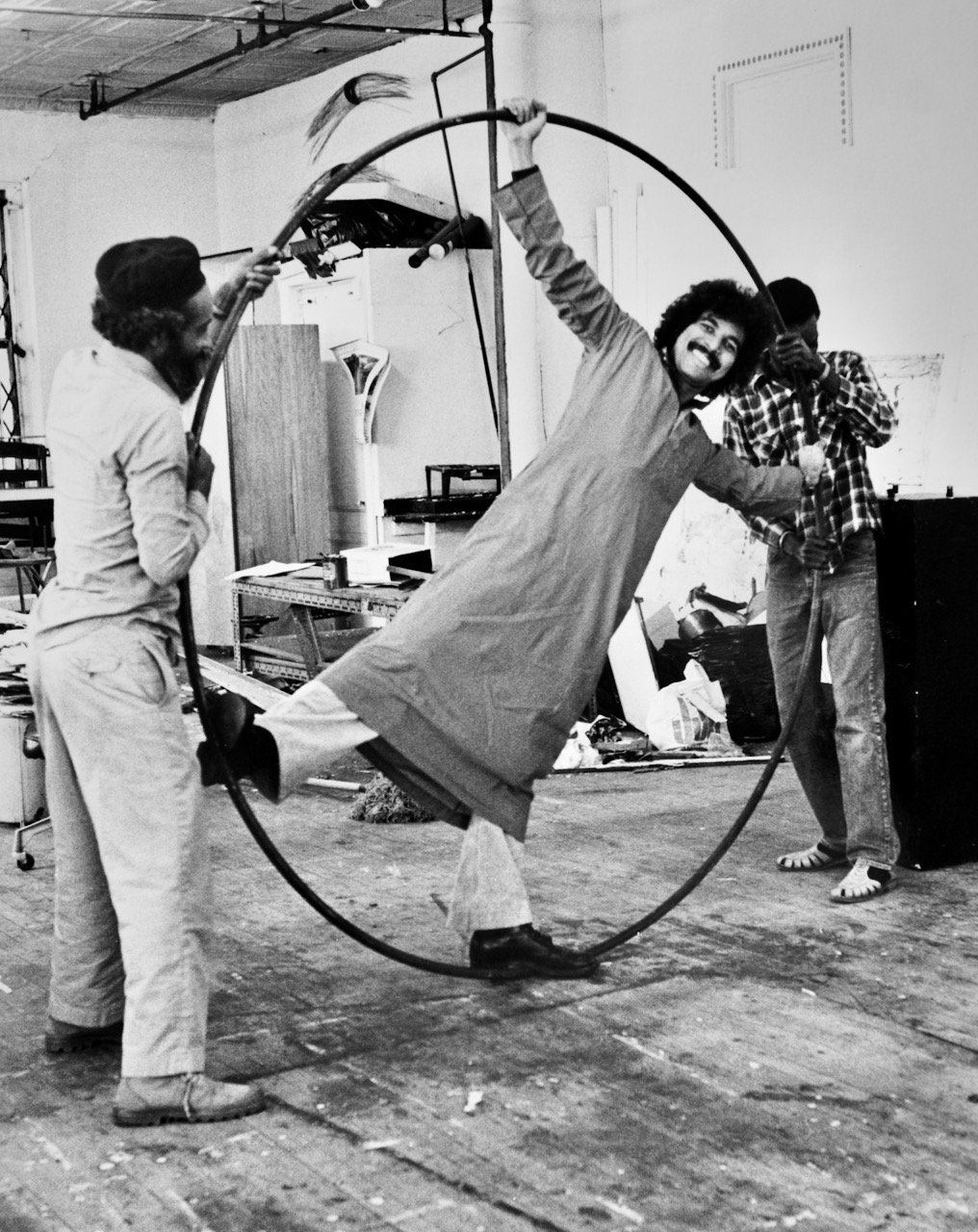
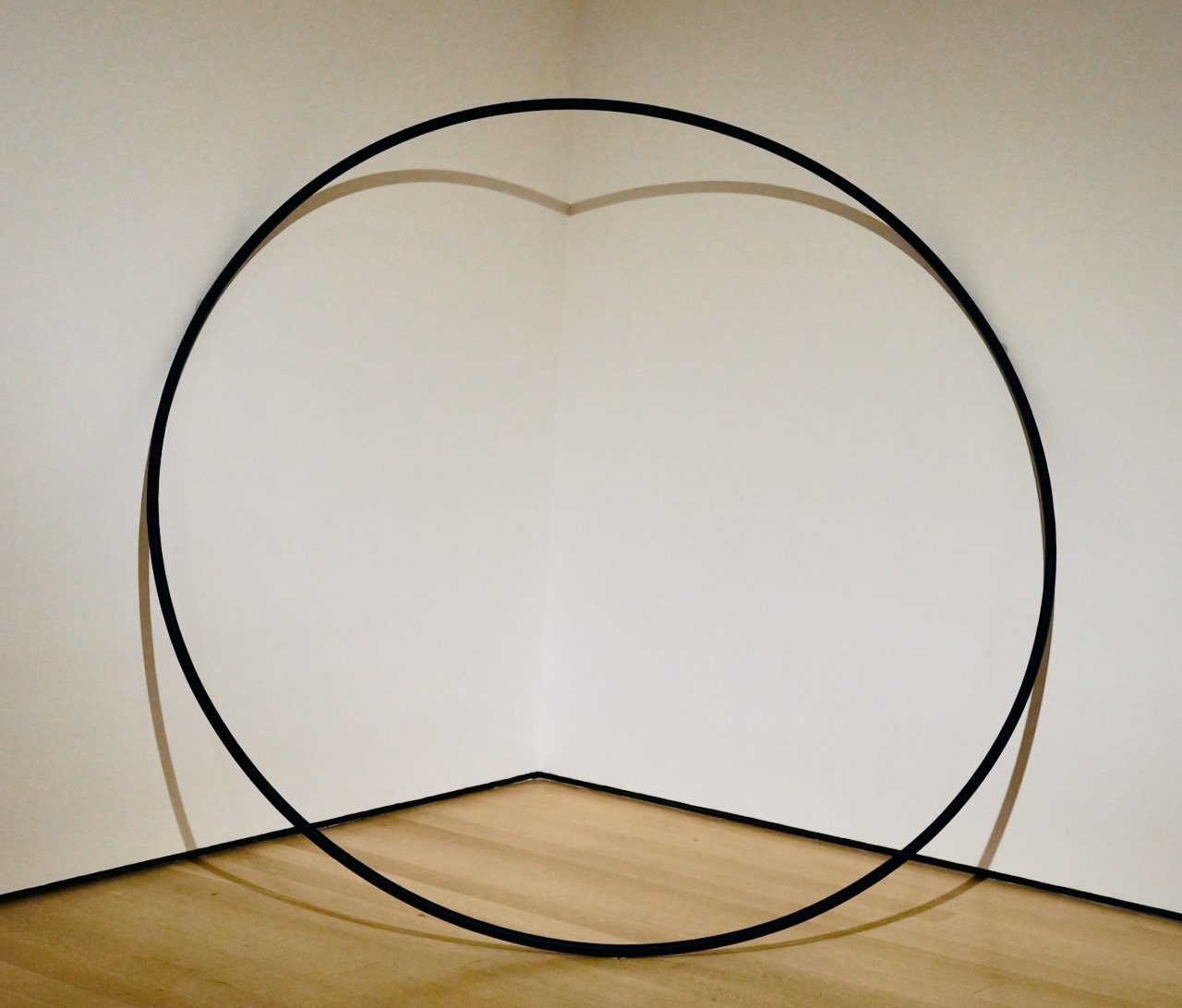
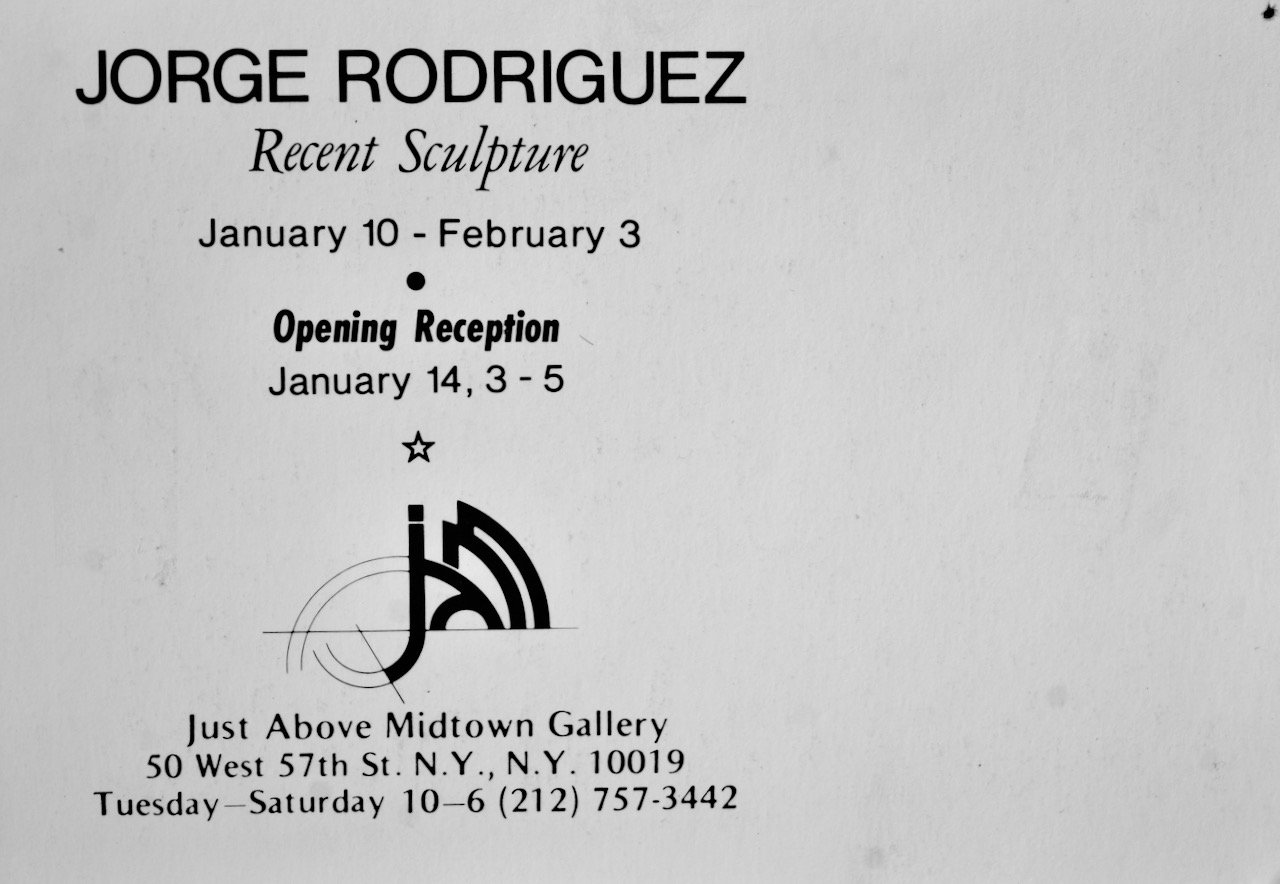
Through JAM, Rodriguez would also have the opportunity to design and implement arts programming for public schools in Upper Manhattan, which included classroom presentations, lectures, and field trips to view artwork housed at the major art museums in New York City. “For me, teaching art to elementary school students was another way of doing art,” says Rodriguez. This was the beginning of a long career in arts education as a professor at both his alma mater, the School of Visual Arts, and CUNY Kingsborough College.
In effect, JAM helped launch Rodriguez’s career as a fine artist and educator while shaping the trajectory of his early career throughout the next decade. It was through JAM, Rodriguez says, that he began working with another important Black-led institution, the Studio Museum in Harlem, as an arts consultant. In this role, Rodriguez had the opportunity to work on special projects, such as traveling to Hollywood to interview acclaimed artist Betye Saar, catalog her artwork, and later, install it at the museum.
From 1980-1981, Rodriguez, along with David Hammons and Charles Abramson, would also become artist in residence at the Studio Museum, where the spirit of experimentation and collaboration found at JAM carried over to the work the three artists would create and ultimately present in a group exhibition featuring installations and conceptual work.
The size and scope of Rodriguez’s sculptures and installations continued to expand in the ensuing years, culminating in the aforementioned installation “Growth,” as well as “Orisha/Santos: The Seven African Powers” (1985) with Charles Abramson at the Museum of Contemporary Hispanic Art, and “A Monument to 500 Years of the Cultural Reversal of America,” (1993), an engineering feat that depicts the Transatlantic Slave Trade through a large scale ship model.
Reflecting on the importance of Just Above Midtown: Changing Spaces, Rodriguez expressed a desire for further inclusion in an institution that once shunned many of the artists currently on display. “After the overwhelming success of this exhibition,” Rodriguez says, “I strongly wish that the Museum of Modern Art continues to show, represent, and add to its collection the art of Black and Latin American artists.”
Just Above Midtown: Changing Spaces is on view at the MoMA through February 23, 2023.
—
Footnotes
¹ Rodriguez is one of three Latinx artists exhibited in the MoMA galleries, the others being Rolando Briceño and Liliana Porter. Others, such as fellow Puerto Rican artists Papo Colo and Juan Sanchez are included via a slideshow of artwork slides previously submitted to JAM for review.
² Just Above Midtown introduction letter for Círculos. Courtesy of Jorge Luis Rodriguez.
³ Lax, Thomas (T.) Jean. Essay. In Just Above Midtown: Changing Spaces, edited by Linda Goode-Bryant, Thomas (T.) Jean Lax, and Lilia Taboada, 70. Museum of Modern Art, 2022.
⁴ Ibid.
⁵ “Growth” inaugurated The New York City Percent for Art program in 1985.
⁶ A video still of this performance can be found in the exhibition catalog for Changing Spaces.
Néstor David Pastor is a writer, editor, and translator from Queens, NY.



